- Your cart is empty
- Continue Shopping
DNHE-2 in English Solved Assignment 2024 (Part A)
₹30.00
DNHE-2 in English
Solved Assignment 2024 (Part A)
Course Code: DNHE-2
Assignment Code: DNHE-2/AST-2/TMA-2 /24
For January 2024 session last date of Submission: 30th July, 2024
For July 2024 session last date of Submission: 30th January, 2025
Maximum Marks: 100
DNHE-2 in English Solved Assignment 2024 (Part A)
Course Code: DNHE-2
Assignment Code: DNHE-2/AST-2/TMA-2 /24
For January 2024 session last date of Submission: 30th July, 2024
For July 2024 session last date of Submission: 30th January, 2025
Maximum Marks: 100
| Title Name | DNHE-2 Solved Assignment 2024 |
| University | IGNOU |
| Service Type | Solved Assignment (Soft copy/PDF) |
| Course | Diploma Programme in Nutrition and Health Education (DNHE) |
| Language | ENGLISH |
| Semester | 2024 Course: Diploma Programme in Nutrition and Health Education (DNHE) |
| Session | January 2024 and July 2024 |
| Short Name | DNHE-2 |
| Assignment Code | DNHE-2/AST-2/TMA-2 /24 |
| Product | Assignment of DNHE 2024 (IGNOU) |
| Submission Date | For January 2024 session last date of Submission: 30th May, 2024 For July 2024 session last date of Submission: 30th December, 2024 |
Assignment-2 consists of two parts and is of 100 marks. The weightage given to each part
is indicated in the brackets.
A) Descriptive type question ( 60 marks)
B) Application Questions (AQ) (40 marks)
Section A: Descriptive Type Questions (60 Marks)
All questions are compulsory
1. Give formula for calculating following:
a. CBR
b. CDR
c. IMR
d. GFR
e. TFR
f. MMR
(6)
2. a) What do you understand by Intra-uterine devices? Explain any two
barrier methods of family planning.
b) Define Health policy and health education.
(1+2+2)
(1)
3. a) Describe various indirect modes of infection transmission.
b) Differentiate between active and passive immunization.
(4)
(2)
4. a) Describe hydrological cycle with diagram.
b) What is the basic concept behind rainwater harvesting?
(3)
(3)
5. a) Explain why rest and sleep is important for good health.
b) Give importance of clothing and footwear for human.
(2)
(4)
6. a) Enumerate various activities that have a potential for accidents.
b) Justify the statement “Therapeutic diets are always modified versions of
normal diets”.
(3)
(3)
7. a) Elaborate symptoms and dietary management of a person suffering from
diabetes.
b) What type of foods are permitted and not permitted in very low residue
diet.
(4)
(2)
8. a) Describe the cause, symptoms and prevention of tetanus and
poliomyelitis.
b) What are the characteristics of primary health care?
(4)
(2)
9. a) Enumerate the objectives of ICDS and the various functions of ASHA.
b)Enumerate objectives of national AIDS Control Programme.
(4)
(2)
10. a) Write impact of human activities on the environment.
b) Elaborate on any one employment generation programme.
(3)
(3)
Section B – Application Questions (AQ) (40 marks)
1. Identify any five non-communicable diseases affecting individuals in our country. Prepare an
information based pictorial pamphlet to educate the community about the causes, symptoms,
prevention and treatment of any one of these diseases. (Refer to DNHE-2, Vol 2, Activity 6 of
Practical Manual-Part 2)
(10)
2. Write down five messages to promote personal hygiene. Also elaborate why personal hygiene
is important. (Refer to DNHE-2, Vol 1, Unit 6)
(5+5)
3. Visit your nearby community and select 5 people suffering from diabetes. Record their name,
age, gender, symptoms and diet. Calculate their total energy intake. Also record their likes and
dislikes for the food. (Refer to DNHE 2, Vol 1, Unit 9)
(10)
4. a) Enlist any 10 steps by which we can reduce food wastage at home or institutions.
b) Enlist any two simple home-based water purification methods you will advocate to the
community members. Explain the methods briefly.
DNHE-2, DNHE 2, DNHE2, DNHE-02, DNHE02, DNHE 02, DNHE-002, DNHE002, DNHE 002



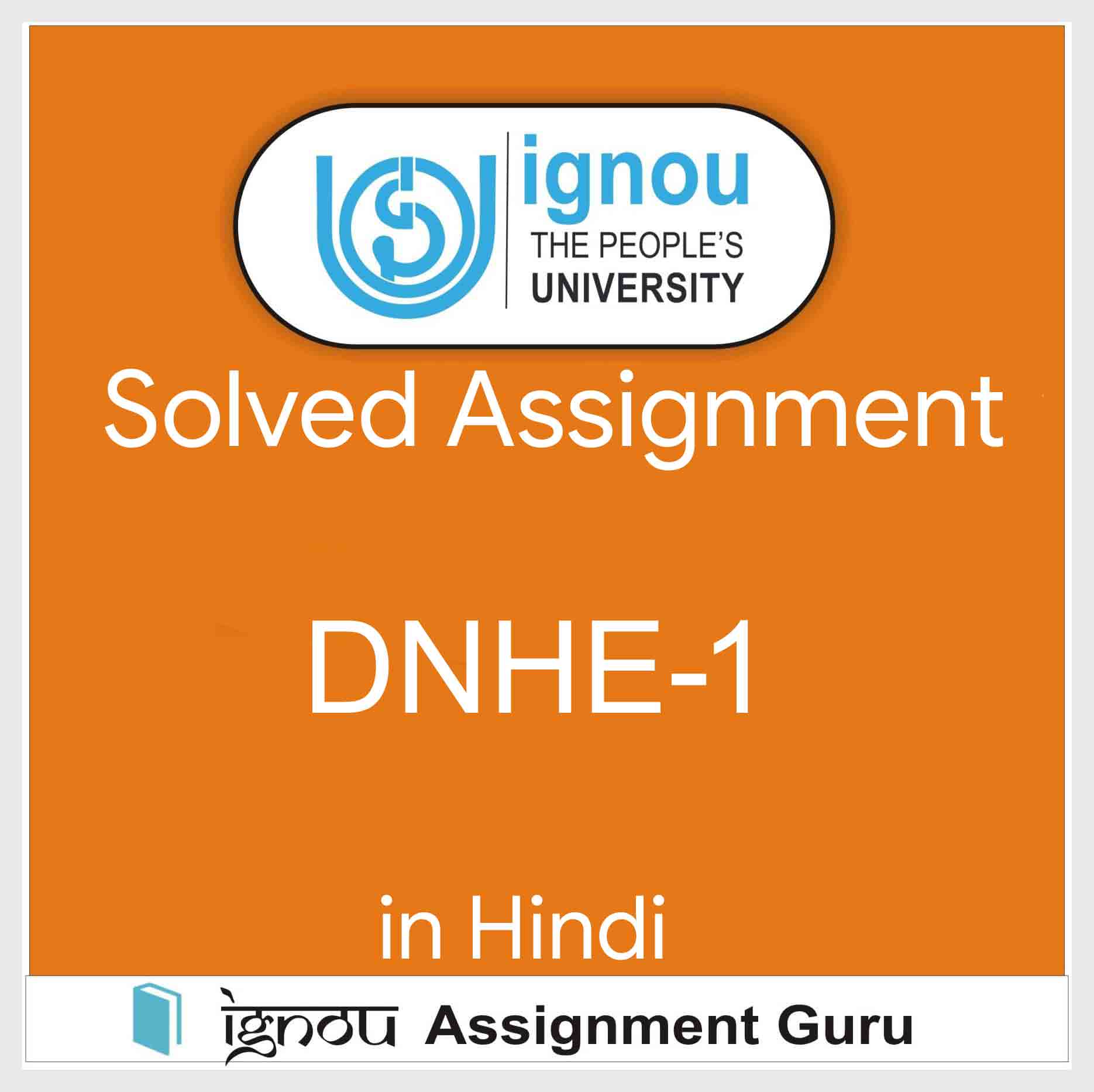

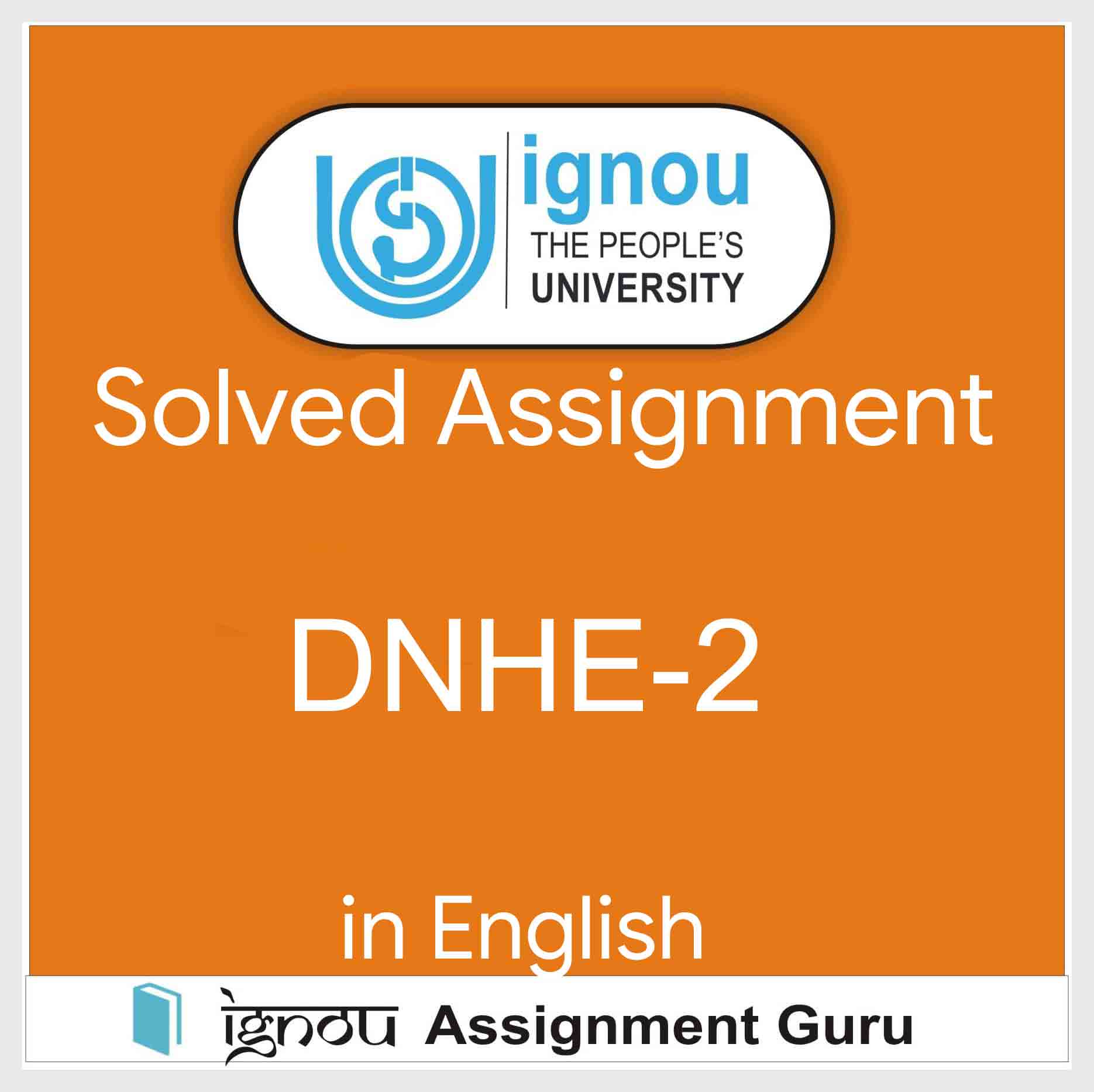
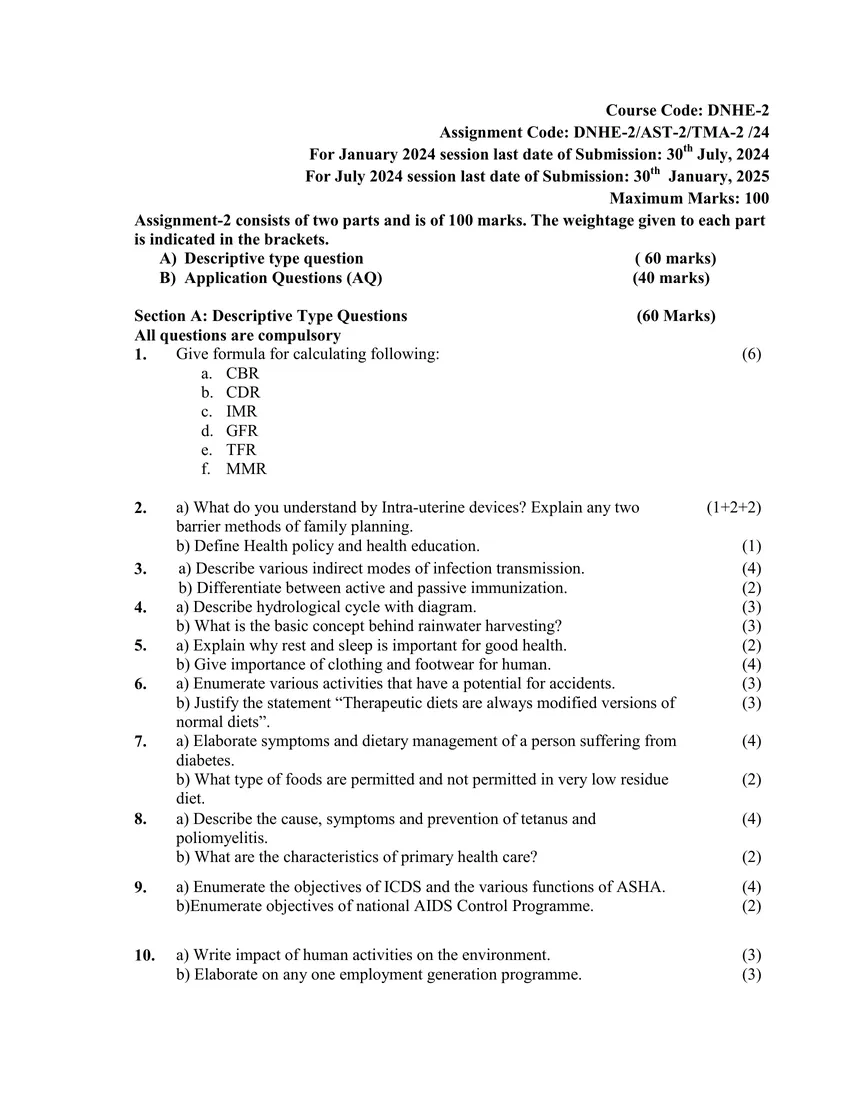
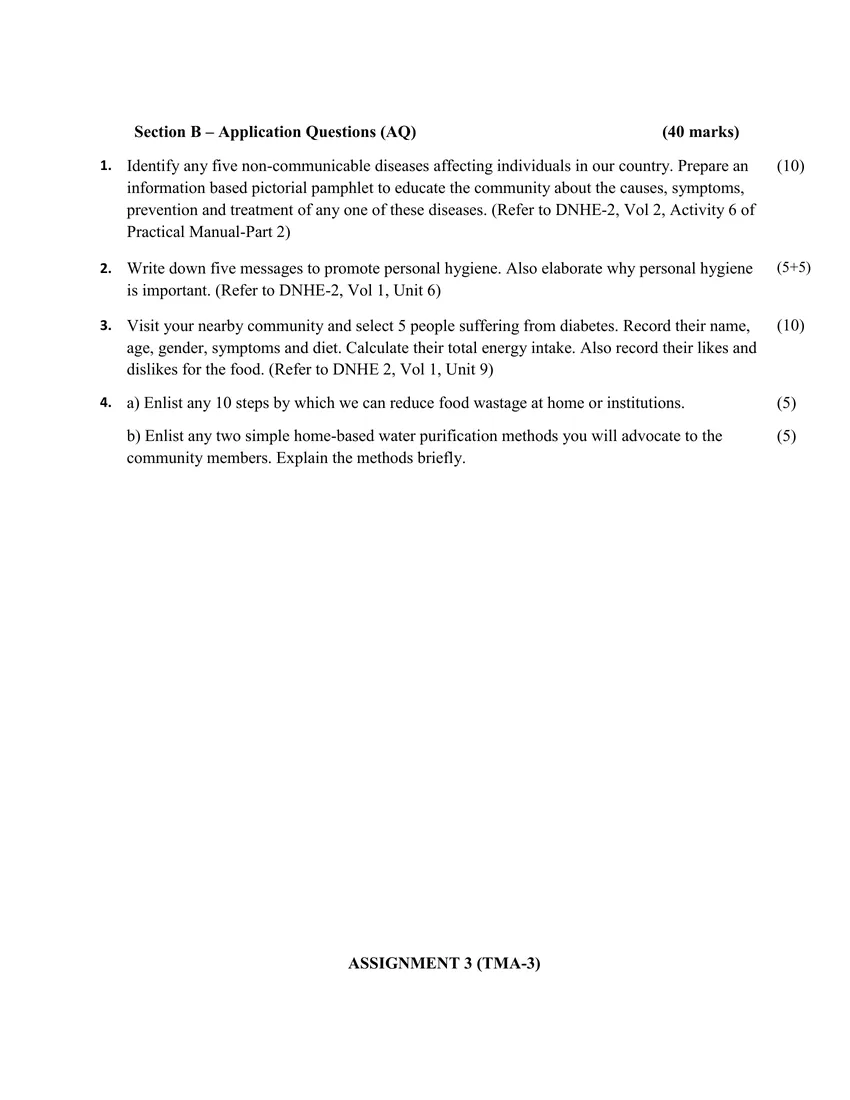

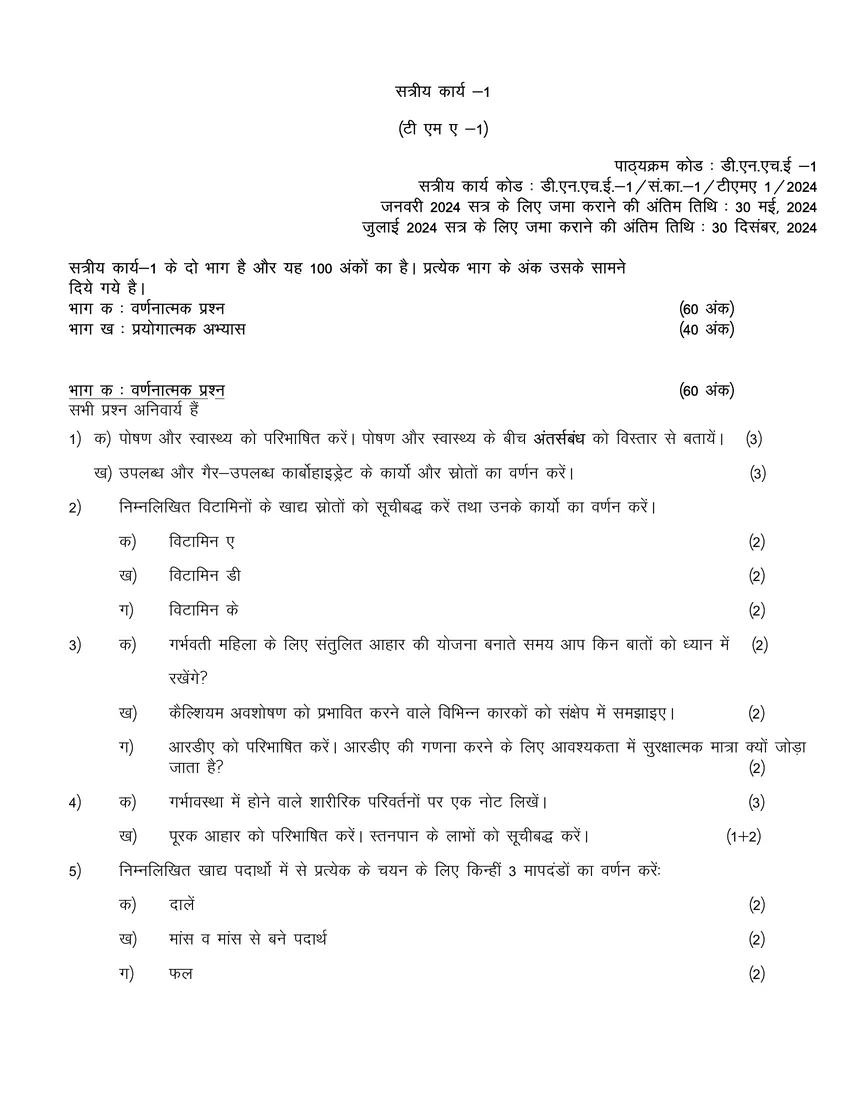
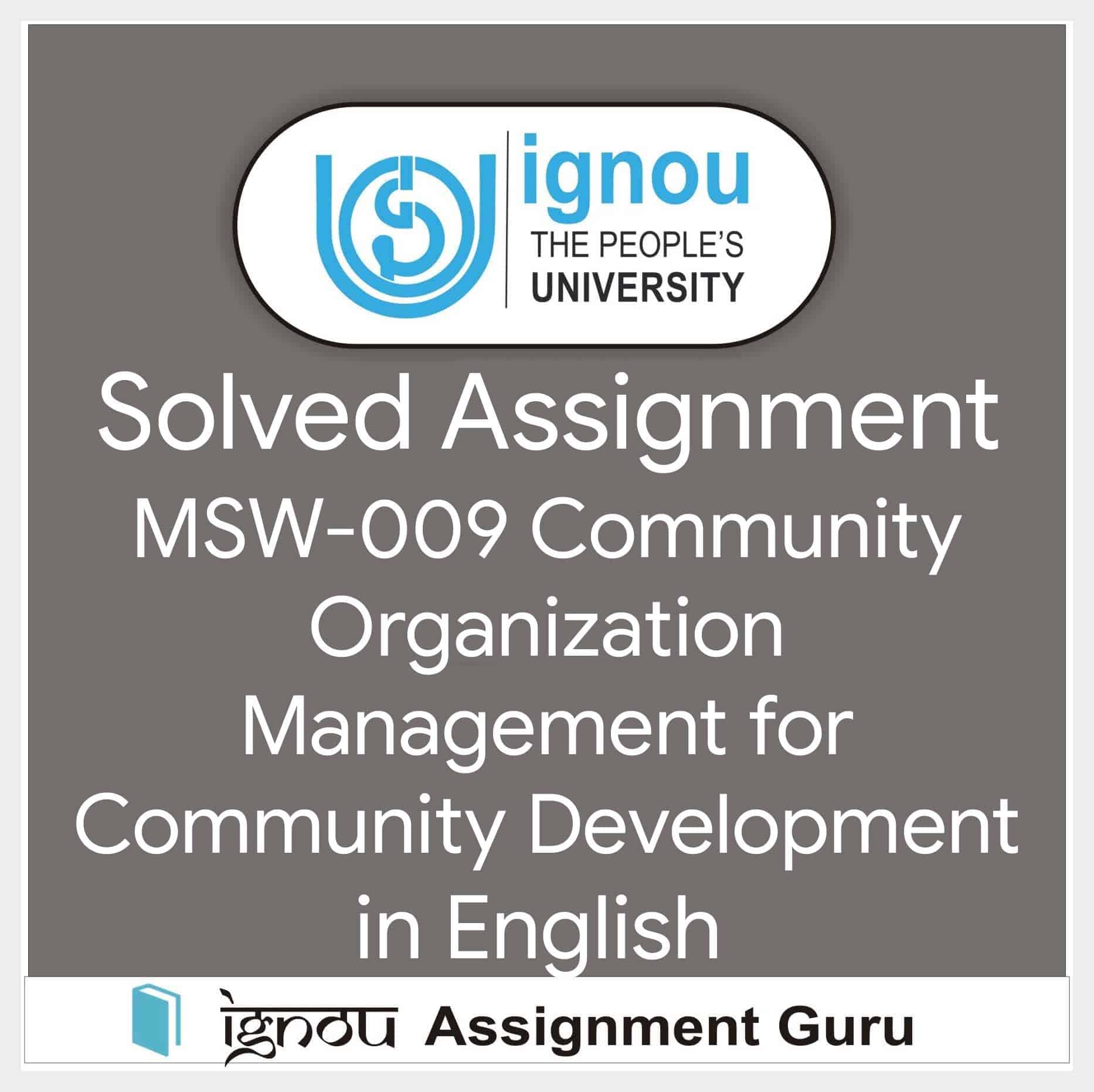
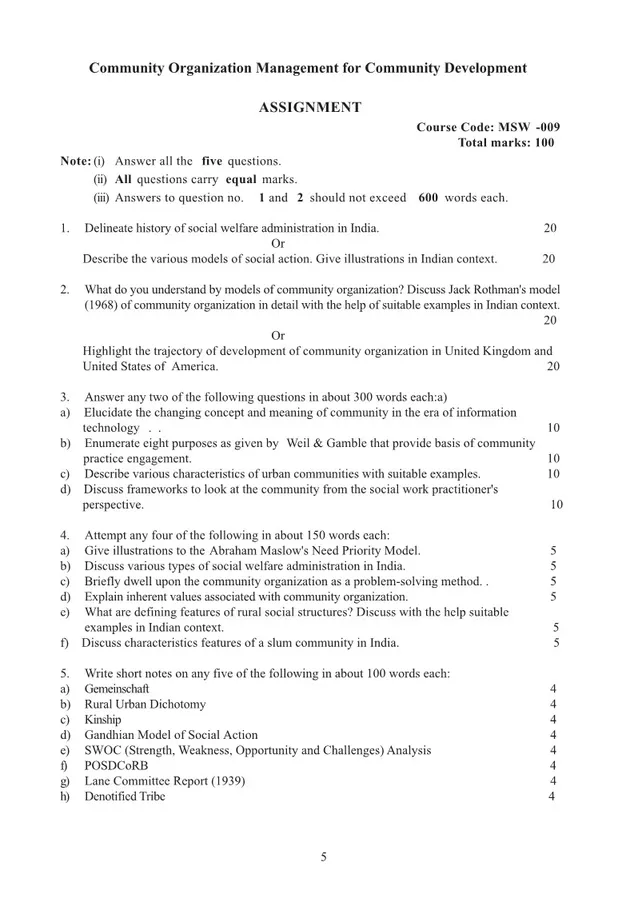
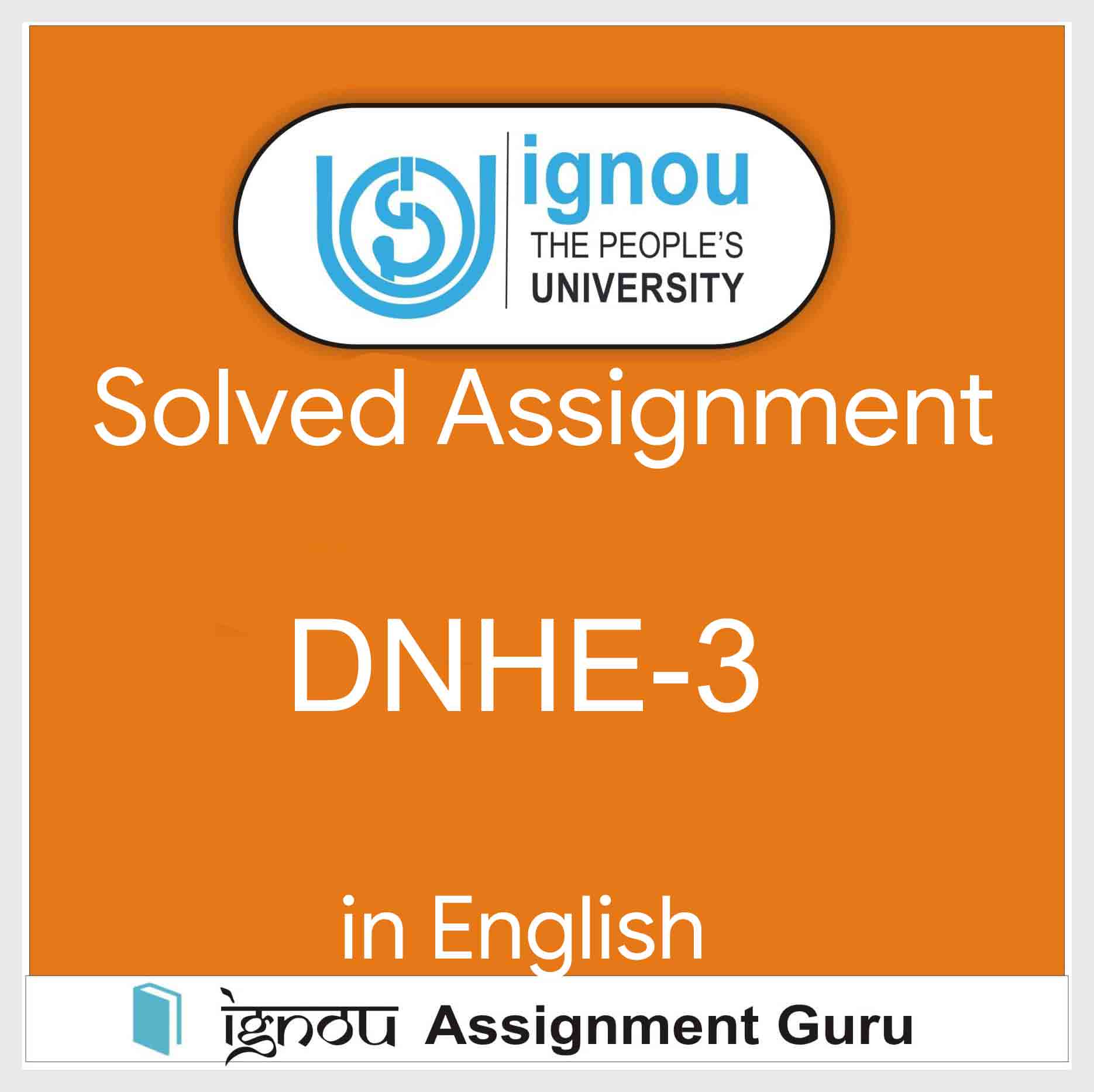
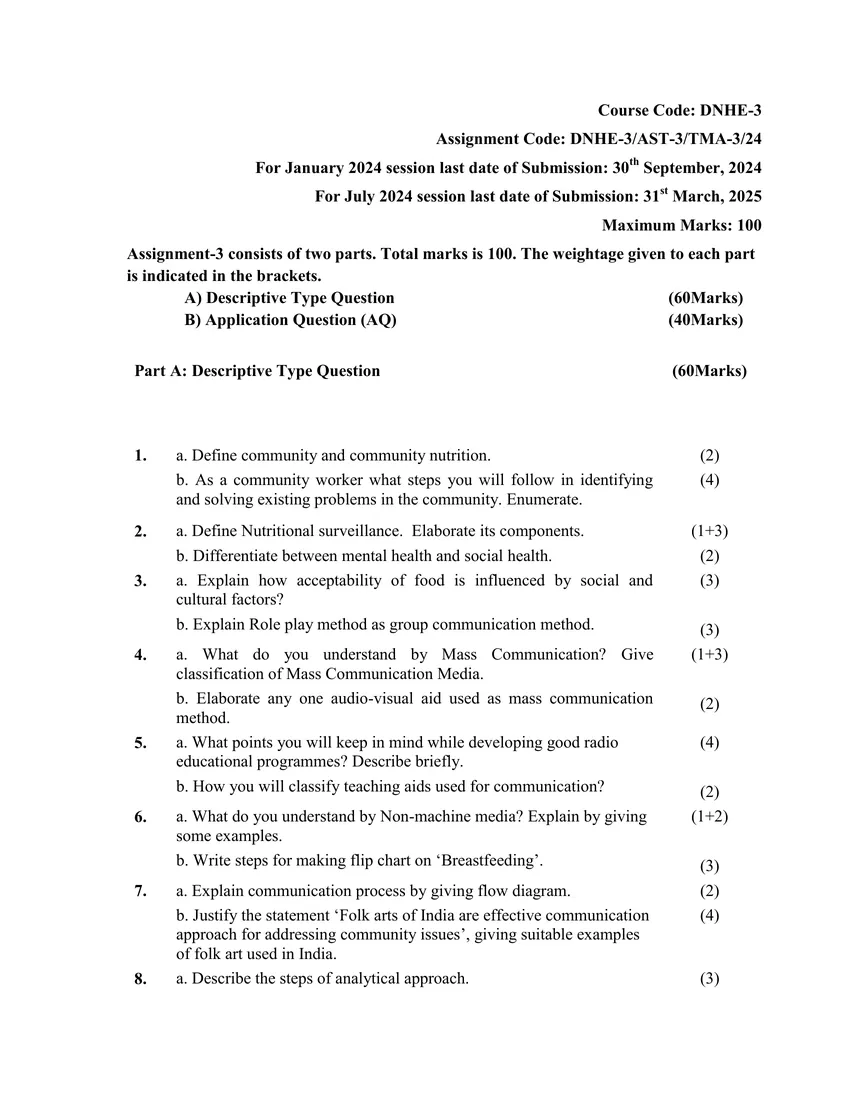
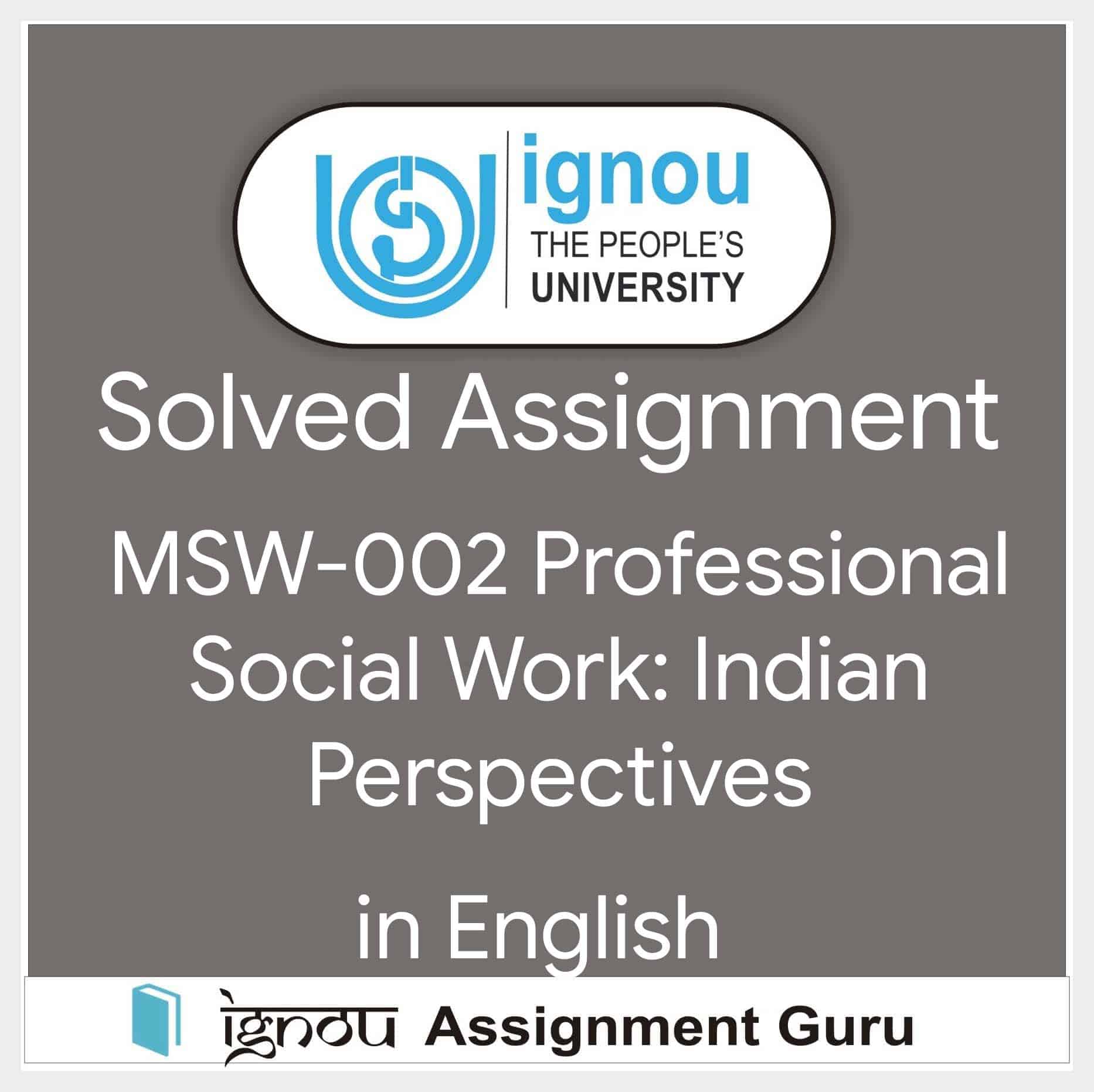
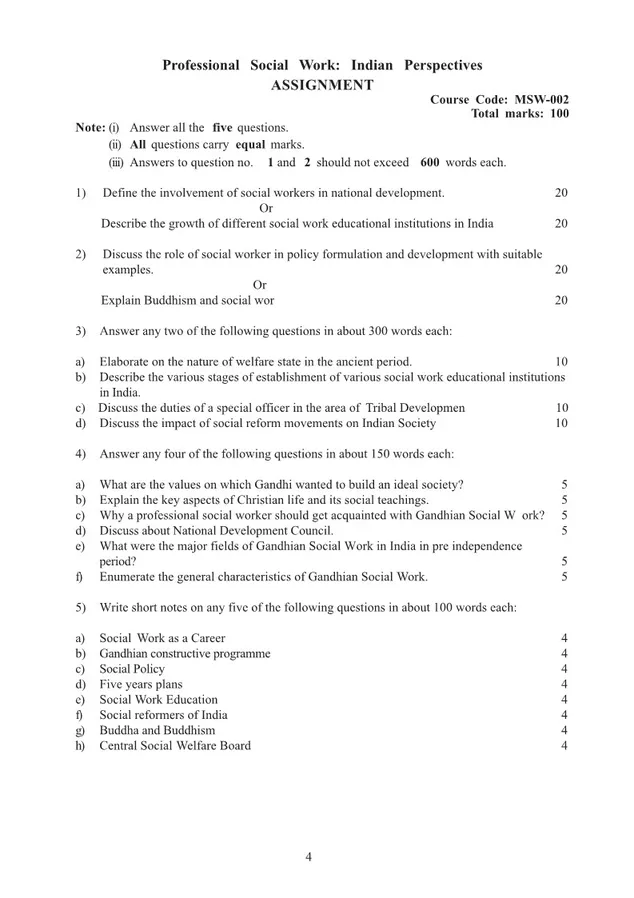
Reviews
There are no reviews yet.